Superior semicircular canal dehiscence
Dehiscence of the superior semicircular canal is a malformation that results in feelings of unsteadiness with or without deafness on one side. Recent developments in otoneurological tests have enabled physicians to identify this disorder more easily. The condition, by creating a third window in the labyrinth induced, is responsible for balance disorders.
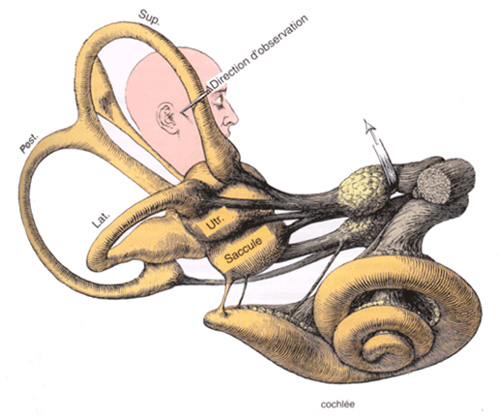
Dehiscence of the superior semicircular
Hearing loss
This can be variable. Normally the patient suffers from unilateral or bilateral conductive hearing loss. Stapedial reflexes are present. Sometimes there is no hearing loss.
Vestibular assessment
The vestibular examination results are usually within normal limits except:
1. Testing of ocular and cervical otolithic evoked potentials, which shows a characteristic increase in P13-N23 waves in the sternocleidomastoid muscles and n1-p1 in the extraoculomotor muscles.
2. The EquiTest, which shows a decreased vestibular score.
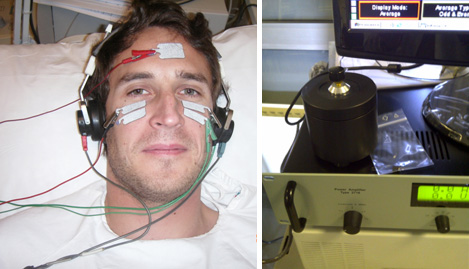
Ocular VEMP
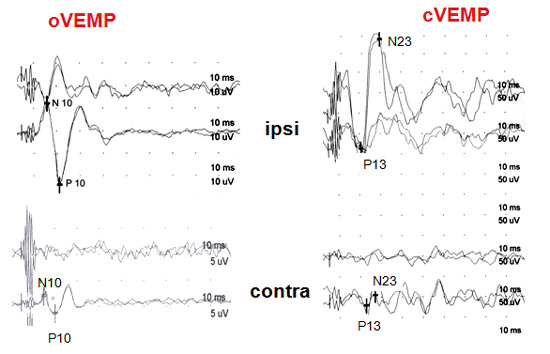
VEMP increase
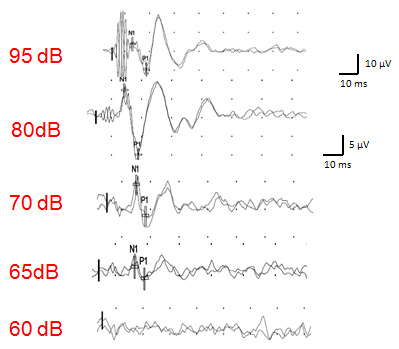
Diminution du seuil des oVEMP
Conductive hearing loss and increased n1-p1 wave necessitate a scan of the pyramids in thin sections to visualize the dehiscence (or lack of bone continuity of the superior semicircular canal).
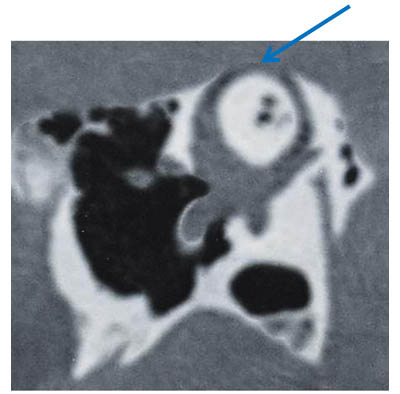
CT Scan
Treatment
Treatment is medical and/or surgical. It compensates for the dehiscence and enables symptoms to disappear and the n1-p1 wave to return to normal.
Once the diagnosis is established, medical treatment can be offered to reduce the sensation of unsteadiness. Surgical treatment to compensate for the dehiscence can be offered. Several international authors have demonstrated an improvement in symptoms.